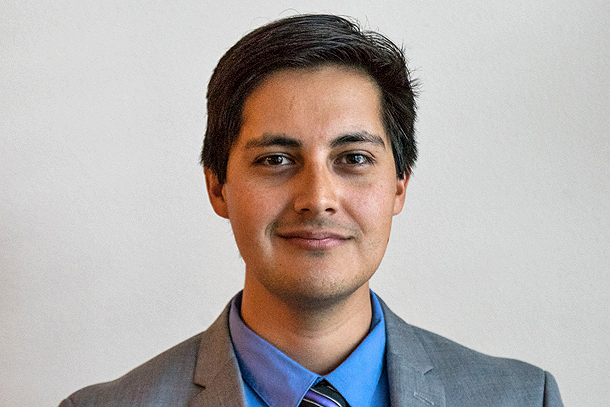When he was applying to medical school, one reason that the Keck School of Medicine of USC was Phillip Abarca’s top choice was the opportunity to train at Los Angeles County + USC Medical Center. Having grown up in a family that included several Los Angeles city firefighters, Abarca remembers his father sharing dramatic tales about the doctors and nurses in the LAC+USC emergency department who treat patients in one of the busiest and most challenging medical environments in Southern California.
For Abarca, as for many medical students, LAC+USC is a great place to learn to be a great doctor precisely because it is such an extreme environment.
“I knew I wanted to train at County,” said Abarca, who now is a second-year medical student at the Keck School.
Shortly after beginning his medical education at the Keck School, Abarca discovered that LAC+USC isn’t the only great training opportunity for students. Abarca is one of the students who participates in the USC Student-Run Clinic, which treats Los Angeles’ large population of homeless, underserved and uninsured people.
The USC Student-Run Clinic operates out of the John Wesley Community Health Institute’s Center for Community Health on Skid Row and in a mobile clinic at a homeless shelter in South Los Angeles. Because many of these patients have multiple medical conditions and challenging life circumstances, it can be a particularly valuable learning opportunity for students.
“A lot of the patients don’t have access to refrigerators and we have to consider that when we decide what medications they can use,” Abarca said.
Though many medical schools have student-run clinics, USC’s student-run operation is among the few that takes a multidisciplinary approach, bringing medical and physician assistant students from the Keck School together with students from the USC School of Pharmacy and the USC Chan Division of Occupational Science and Occupational Therapy.
Abarca said that working alongside pharmacists, physician assistants and occupational therapists adds a new dimension to his education as a doctor.
“It is a way to learn about the different professions and how we can all work together to come up with the best plan for these unique and challenging patients,” said Abarca, who is co-president and an executive board member of the clinic.
“You can really learn from the students from other programs,” he continued. “You really come to realize how working side-by-side with a pharmacist or occupational therapist can create a better treatment plan.”
Students from each specialty spend time with each patient individually. Later, they come together as a group to discuss a treatment plan based on what each student learned during their individual evaluations. That plan gets presented to one of the clinic’s staff physicians or to a Keck School faculty member, who then evaluates the approach and helps the team understand how to improve it.
“We’re lucky because we have incredible support from the faculty whose focus is on helping students learn,” Abarca said.
— Hope Hamashige


